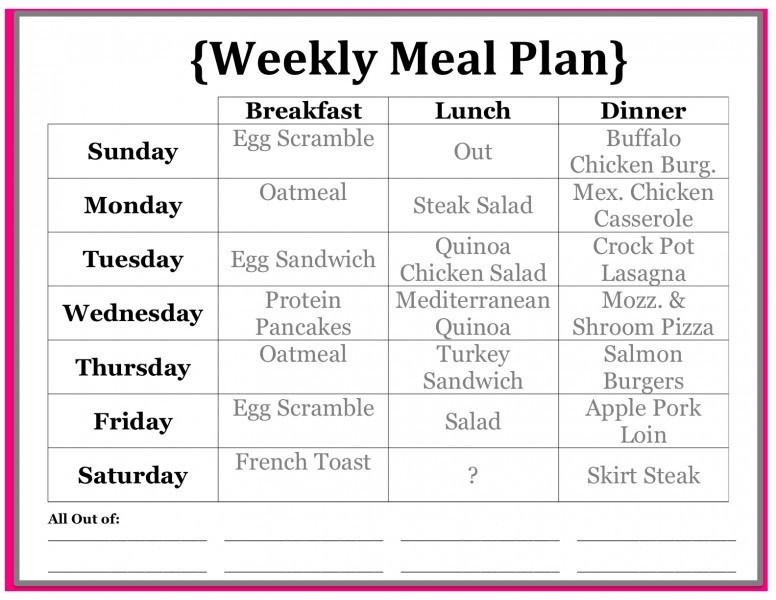Understanding your Metabolism
Our metabolic rate determines the rate at which we 'burn up' our food, and by increasing this rate, we can lose weight more quickly, easily, and safely.
When we diet, by decreasing our calorie intake too drastically, we cause our metabolism to slow down, making it progressively more difficult for us to lose weight. Most diets fail, yet we continue to try one after another, always hoping that each new regime will provide the 'magic' solution. If this sounds like your problem, there may be a simple answer. Let's look at why most diets fail, and how strength training, combined with a healthy food intake can speed up your metabolism, making it easy for you to lose weight.
By drastically cutting our food intake, our body's natural instinct is to switch to a 'starvation response.' The fewer calories we consume, the more our bodies become efficient at using these calories - leading to slower weight loss. This was once a useful mechanism for our ancestors when food supplies were less predictable, but this 'vicious circle' can make life almost impossible for the modern dieter.
When the body is persistently kept short of calories, it breaks down muscle tissue to use as fuel. Our body, using water from our tissue cells, quickly washes this away causing an instant reduction in weight through water loss. However, this weight loss will be short lived, and will quickly be regained when we take in water and the muscle we have lost will slow down our metabolism in the long term.
The reason for this is that each pound of muscle requires a certain number of calories each day just to maintain it. Therefore, the more muscle you have, the more calories you burn even when you're doing nothing, even sleeping! If you lose muscle, then your daily calorie requirement becomes less. For example, imagine a dieter loses 10 pounds of muscle (along with maybe 20 lbs. of fat) on a strict diet. Now suppose that each pound of muscle had been burning 50 calories a day. Together, those 10 pounds of muscle had been burning 500 calories a day. With this muscle tissue gone, the dieter must now consume 500 less calories a day in order to maintain that weight-loss!
However, of course people do not stick to their diets for ever and when they return to their old eating habits, the weight that they have lost, invariably comes piling back on. Unfortunately, whilst they lost both muscle and fat during the diet, all the weight they regained was fat. So, even though they may weigh the same as they did when they started, they now have a lot more fat and a lot less muscle than they did before the diet. Therefore, their metabolism is slower and their calorie requirements are less. Even if they return to their pre-diet eating habits, they still require 500 fewer calories a day due to the muscle loss. That's one reason dieters are prone to regaining all of the lost weight, and conversely sometimes even gain weight afterwards.
A good solution is an active lifestyle that includes aerobic exercise, a good weight-training program, and a healthy diet containing fresh fruits and vegetables, whole grain cereals and plenty of lean protein. It is a good idea to eat 'little and often' ?keeping your metabolism in high gear by eating 4 to 6 small meals a day, rather than one or two larger ones. No food is forbidden, but sweets and high fat junk food are eaten less often, and in smaller quantities. A healthy diet is a realistic and permanent way of eating ?not a diet that you suffer through for a week or two and then give up!
The goal is to consume as many calories as you can, while still losing body fat and maintaining or adding lean muscle at the same time. If your calories are already below normal, don't restrict them further. Instead, maintain your current amount and instead try to become stronger and more active, so you can gradually increase your calories to a normal healthy level. If your calorie intake is already in a healthy range, decrease it only slightly, if necessary. A small reduction of about 250 calories a day, or 10-15 percent less than usual, is more likely to protect your lean muscle, and less likely to trigger a go-slow in your metabolism.
If you follow this type of routine, it's possible to gain about one pound of muscle per week and lose about one pound of fat per week. The end result is that the number on the scale might not move much at all, it may even go up. Your clothes will feel looser, and you'll feel great. Yet the numbers on the scale won't move!! It's at this point that a lot of people give up the weight training because they don't understand what's happening.
The truth is that when you're strength training it's possible to get smaller and heavier at the same time, as muscle is a much denser tissue than fat. The fat takes up more space on your body. At this point, it's best to ignore the bathroom scales and rely on the way you look and the way your clothes fit.
The conventional way of dieting can lead to a weak, tired body, exhausted by the constant cycle of starvation and weight gain, unable to enjoy food. However, by following these easy steps above, you can easily reach your goal - the slim, strong, healthy body of a naturally lean person who can enjoy their food without guilt, for life!
Related Articles
-
Five Fast Weight Loss Diet Suggestions
Individuals on the go, who live a busy lifestyle look for a quick weig
-
The Value of a Healthy Breakfast For Weight Loss
How important is a healthy breakfast for weight loss? It is one of
-
Why Do People Give Up on Losing Weight?
The Ugly TruthMany obese individuals look at others like them and find
-
A Weightloss Food Plan That Works
If you are searching for a weight loss f
-
How To Find A Reponsible Safe Weight Loss Program
Have you seen those ads in the paper that tell you lose 10lb in 7 days
-
Atkins Diet The Final Verdict
Supporters of the Atkins Diet claim that a low carbohydrate diet is a
- DON'T MISS
- How To Lose More Weight And Reach Your Goal With A Weight Loss Journal
- Paleo diet: Is eating like cavemen best for our health?
- Maintaining Your Weight Loss: 3 Tips
- Genaslim Weight Loss Review
- Wider Waistlines Linked To Mental Problems In HIV Patients
- Five Diet Tips to Lose Weight while Working a Night Shift
- Fast Weight Loss Diets - Key Things You Ought to Be Aware Of
- Kidney stones in women raise the risk of stroke and coronary heart disease (CHD)
- How Exercise Affects Your Metabolism
- 5 Natural Healthy Weight Loss Diet Tips




